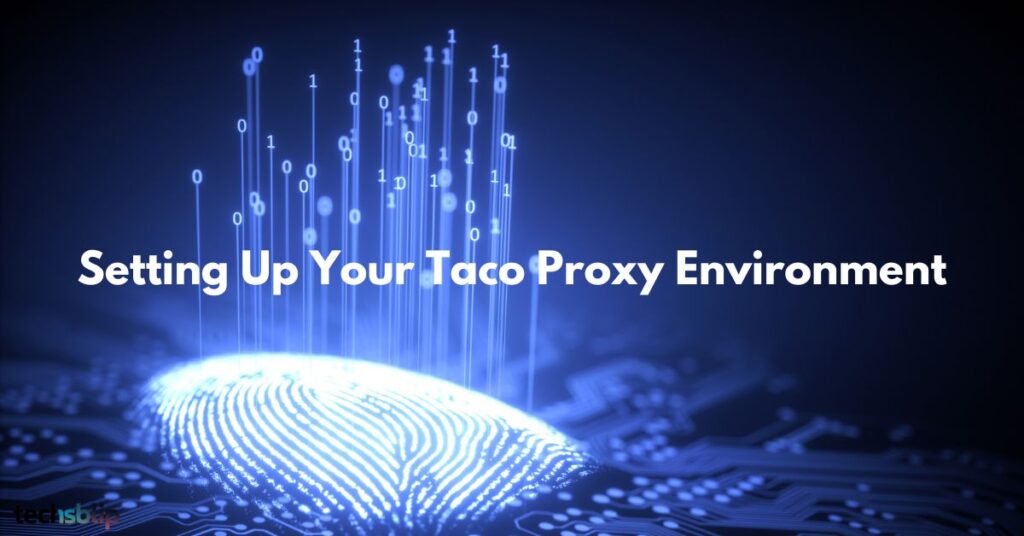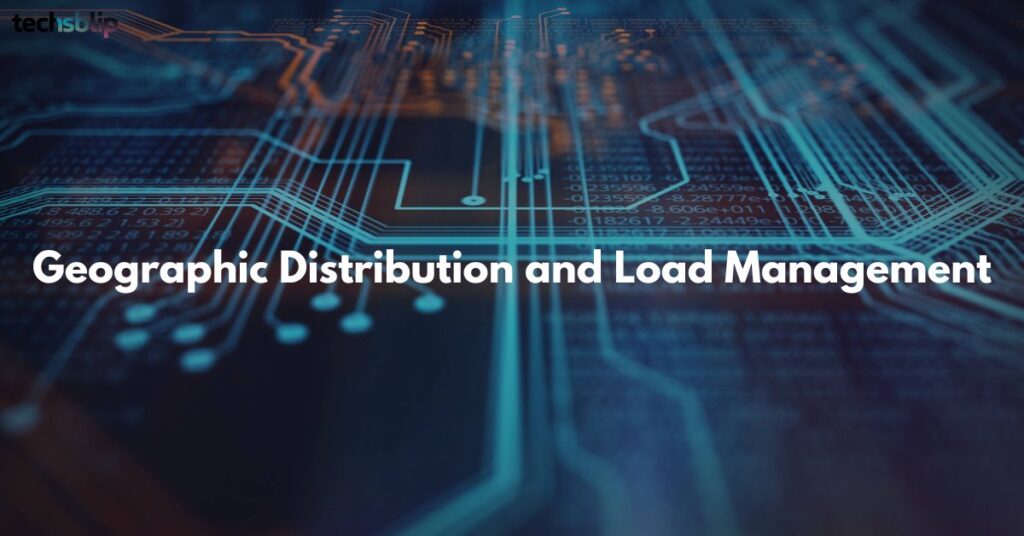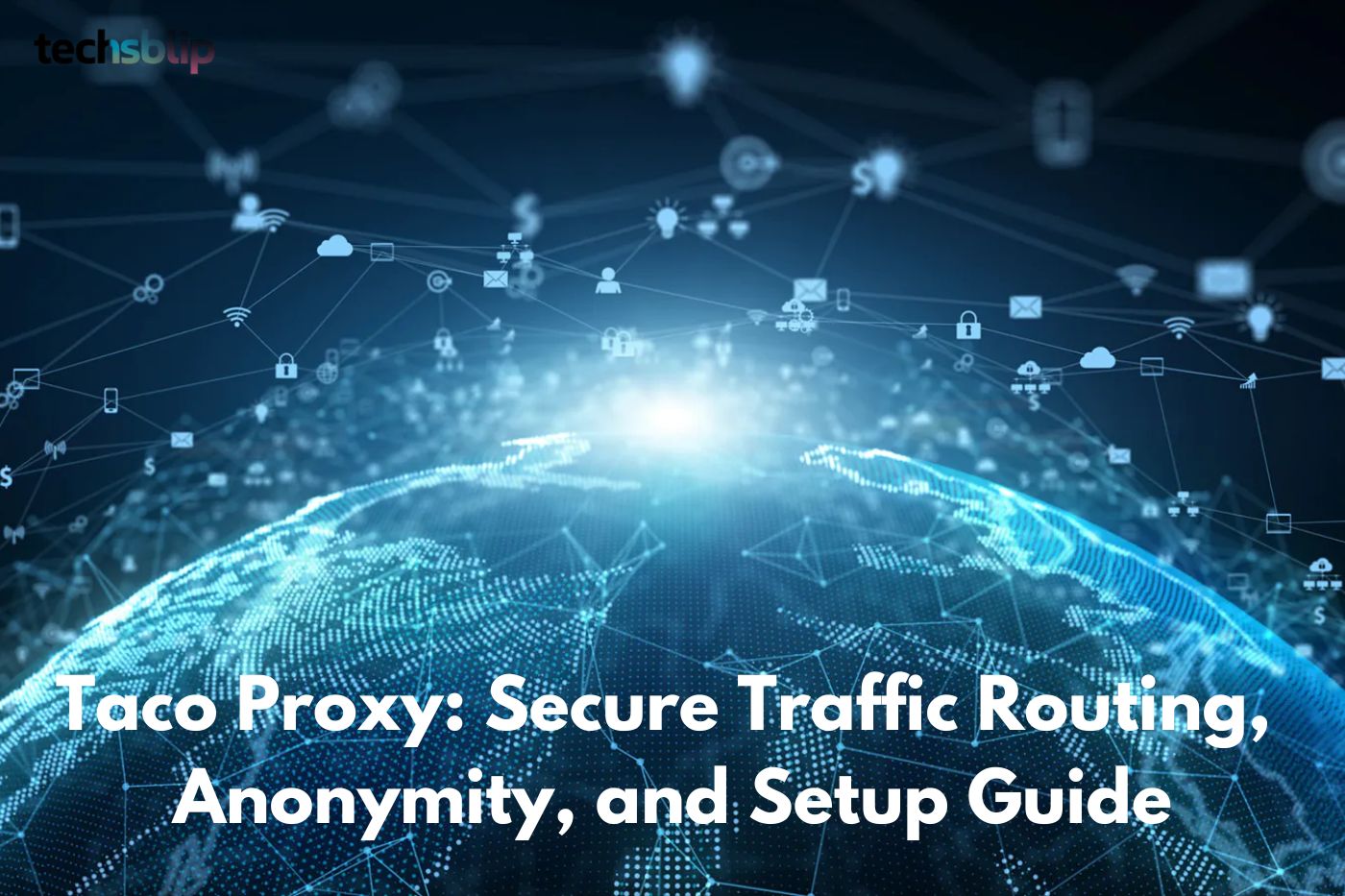Taco Proxy has revolutionized how we approach online privacy and security in today’s digital landscape. As cyber threats continue to evolve, this powerful tool offers a robust solution for users seeking to protect their digital footprint while maintaining unrestricted access to online content.
In an era where data breaches and privacy violations make headlines daily, Taco Proxy stands out as a beacon of hope for privacy-conscious users. Its sophisticated architecture combines cutting-edge encryption with seamless traffic routing capabilities, making it a go-to choice for both individuals and organizations.
The emergence of Taco Proxy marks a significant milestone in the evolution of web proxy technologies. By offering a perfect blend of security, speed, and reliability, it addresses the growing demand for secure and anonymous internet access in an increasingly interconnected world.
Understanding the Core of Taco Proxy Technology
Taco Proxy operates on a sophisticated infrastructure that sets it apart from conventional proxy services. At its heart lies a powerful Node.js-based system that efficiently manages and routes internet traffic through multiple secure channels.
The technology behind it employs advanced algorithms to ensure optimal performance while maintaining stringent security protocols. This delicate balance makes it an ideal choice for users who refuse to compromise between speed and safety.
“Taco Proxy represents the next generation of proxy services, combining security with unmatched performance.” – CyberSecurity Expert Magazine, 2024
Key Features That Make Taco Proxy Stand Out
| Feature | Benefit | Technical Specification |
| Advanced Encryption | Data Protection | AES-256 bit encryption |
| Smart Routing | Speed Optimization | Dynamic server selection |
| Load Balancing | Reliable Performance | Automatic traffic distribution |
| Protocol Support | Versatility | HTTP, HTTPS, SOCKS5 |
Setting Up Your Taco Proxy Environment

Getting started with Taco Proxy requires careful attention to detail. The setup process involves configuring your network settings and establishing secure connections through the proxy server.
Essential setup components include:
- Server configuration files
- Authentication credentials
- Network protocols
- Security certificates
Network Configuration Best Practices
When configuring Taco Proxy for your network, start by establishing a secure baseline configuration that aligns with your organization’s security policies. This includes setting up proper firewall rules and access controls to protect your proxy infrastructure.
Implementing redundant network paths ensures continuous availability of its services. By distributing traffic across multiple network routes, you can maintain optimal performance even during network congestion or partial outages.
Regular network performance monitoring helps identify potential bottlenecks in your Taco Proxy setup. Using tools like network analyzers and performance metrics, you can proactively address issues before they impact user experience.
Scaling Taco Proxy for Growing Organizations
Its scalable architecture allows organizations to expand their proxy infrastructure as needed. Start with a baseline setup and add additional proxy servers as your user base grows.
Load balancing becomes crucial when scaling it across multiple servers. Modern load balancing algorithms ensure even distribution of traffic, preventing any single server from becoming overwhelmed.
Consider implementing a hierarchical proxy structure when dealing with large-scale deployments. This approach allows for better traffic management and more efficient resource utilization across your Taco Proxy infrastructure.
Security Auditing and Compliance
Regular security audits of your Taco Proxy implementation should occur at least quarterly. These audits help identify potential vulnerabilities and ensure compliance with industry standards like GDPR, HIPAA, or SOC 2.
Documentation plays a crucial role in maintaining compliance. Keep detailed records of all configurations, changes, and security incidents to demonstrate due diligence during audits.
Implement automated security scanning tools to continuously monitor your Taco Proxy infrastructure. These tools can detect suspicious activities and potential security breaches in real-time.
Geographic Distribution and Load Management

It supports strategic server placement across different geographic locations. This distribution minimizes latency and improves response times for users accessing resources from various regions.
Edge computing integration with it further enhances performance by processing requests closer to end users. This approach reduces bandwidth usage and improves overall system responsiveness.
Consider implementing regional failover mechanisms within your Taco Proxy infrastructure. This ensures continuous service availability even if servers in one region experience issues.
Advanced Configuration Options
It offers sophisticated configuration options for custom protocol handling. Advanced users can modify these settings to optimize performance for specific use cases or security requirements.
Custom routing rules allow for fine-grained control over traffic flow through your Taco Proxy infrastructure. These rules can be tailored to meet specific organizational needs while maintaining security standards.
Advanced logging and monitoring capabilities provide detailed insights into your Taco Proxy operations. These features help administrators troubleshoot issues and optimize performance effectively.
User Access Management
Implementing role-based access control (RBAC) within it ensures appropriate user permissions. This granular approach to access management helps prevent unauthorized activities while maintaining operational efficiency.
Regular user access reviews help maintain security by identifying and removing outdated or unnecessary access rights. This proactive approach to access management reduces potential security risks.
Integration with existing authentication systems streamlines user management in it. Supporting various authentication methods ensures seamless access while maintaining security standards.
Read this article: Pedrovazpaulo Business Consultant: Everything You Need To Know
Disaster Recovery Planning
Creating comprehensive disaster recovery plans for your Taco Proxy implementation is essential. Include detailed procedures for various scenarios, from minor disruptions to major system failures.
Regular backup and restore testing ensures the effectiveness of your disaster recovery procedures. This includes verifying backup integrity and testing restore processes for Taco Proxy configurations.
Document clear escalation procedures and emergency contacts for Taco Proxy related incidents. This documentation helps ensure quick response times during critical situations.
Performance Metrics and Analysis

Key performance indicators (KPIs) for it should include response times, throughput, and error rates. Regular monitoring of these metrics helps identify potential issues before they impact users.
Implement automated alerting systems to notify administrators of performance anomalies in your Taco Proxy setup. This proactive approach helps maintain optimal system performance.
Historical performance data analysis helps identify trends and potential areas for optimization in your Taco Proxy implementation. Use this information to make informed decisions about system improvements.
Mobile Integration Solutions
It provides seamless integration with mobile device management (MDM) solutions. This integration ensures consistent security policies across all mobile devices accessing your network.
Mobile-specific optimization features in it help reduce data usage and improve performance on cellular networks. These optimizations are particularly important for users accessing resources through mobile devices.
Regular testing of mobile access scenarios ensures consistent performance across different devices and operating systems. This includes verifying its functionality on various mobile platforms and network conditions.
Cost-Benefit Analysis
Investing in Taco Proxy offers significant returns in terms of security and performance. Organizations typically see ROI through reduced security incidents and improved operational efficiency.
| Investment Area | Annual Cost | Benefit |
| Implementation | $5,000 | Enhanced Security |
| Maintenance | $2,000 | Reliable Performance |
| Training | $1,500 | Efficient Operation |
Final Thoughts
The importance of Taco Proxy in today’s digital landscape cannot be overstated. As cyber threats continue to evolve, having robust security measures becomes increasingly crucial for both individuals and organizations.
The future of online security lies in solutions like Taco Proxy that combine cutting-edge technology with user-friendly interfaces. As we move forward, the role of secure proxy services will only grow in significance.
With continuous updates and improvements, Taco Proxy remains at the forefront of secure traffic routing and anonymity solutions. Its commitment to excellence makes it an invaluable tool in the modern digital arsenal.
Frequently Asked Questions
What makes it different from other proxy services?
Advanced encryption, smart routing, and superior performance optimization.
Is it suitable for enterprise use?
Yes, it’s specifically designed to handle enterprise-level security requirements.
How often should Taco Proxy configurations be updated?
Monthly updates are recommended for optimal security.
Can it integrate with existing security systems?
Yes, it offers seamless integration with most security infrastructures.
What’s the average setup time for it?
Basic setup takes 2-4 hours for most organizations.

Ayekiz is a skilled technology author on TechsBlip, committed to providing informative and engaging content that simplifies complex tech concepts. With a passion for promoting digital literacy and online safety, Ayekiz’s writing offers expert analysis, practical tips, and evidence-based information to empower readers in the digital age.

